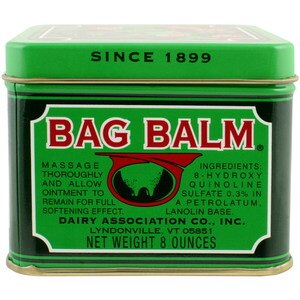Benzadmiral
Call Me a Cab
- Messages
- 2,815
- Location
- The Swamp
This might be a little before the FL interest period, but what kind of skin salves or balms did people use before the Twenties? Specifically the 1870s, if anybody knows? Let's suppose somebody in 1873 gets a mild burn, or a sunburn. Did they slap chicken fat on it or some kind of grease, and let it go at that?
I suppose that in New York or San Francisco, doctors and barbers had favorite salves.
I suppose that in New York or San Francisco, doctors and barbers had favorite salves.



